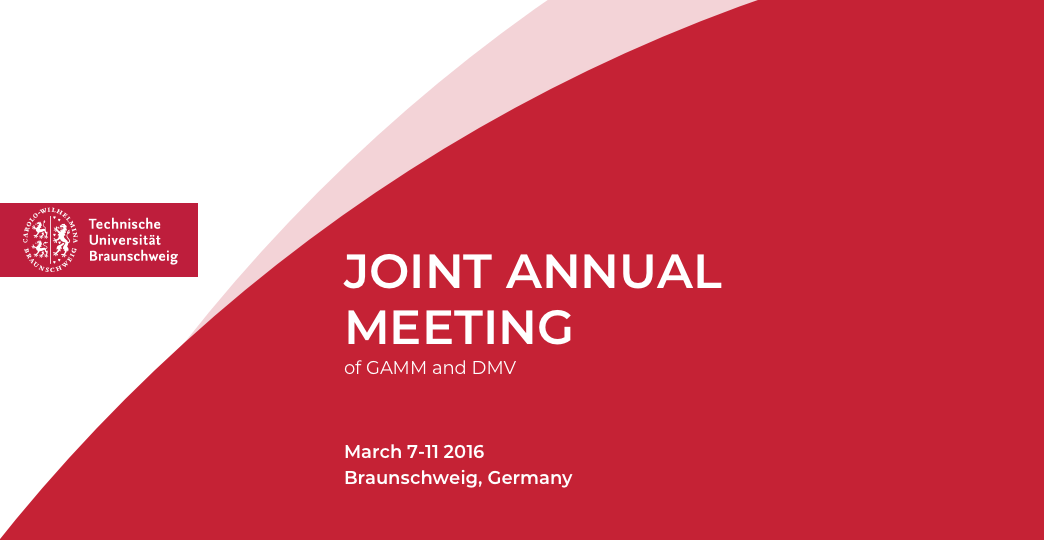YR 1 Multiscale evolutionary problems
Processes and structures in nature happen and appear on different time and length scales that influence each other and have a significant effect on the macroscopic world and the way we experience it. Therefore, multiscale modelling has become increasingly important in various sciences like physics, chemistry, engineering and geology. To understand and capture the complex spatial and temporal scale interactions efficient bridging mechanisms between scales are needed. These can be provided by tools of asymptotic analysis.
While multiscale equilibrium problems have been in the focus of PDE theory and the calculus of variations for the last decades, the study of multiscale dynamics is a more recent development. What makes these problems notably interesting is that the combination of time evolution, being e.g. quasistatic or given by a gradient flow, and a limit passage requires deep insight into the precise mathematical and physical structure of the problem, which may not be apparent at the level of equations.
The aim of this minisymposium is to bring together researchers with different mathematical perspectives on evolving multiscale problems.
Organizers: Karoline Disser (Berlin), Carolin Kreisbeck (Regensburg)
Speakers: Elisa Davoli (U Vienna), Julian Fischer (MPI Leipzig), Agnes Lamacz (TU Dortmund), Giuliano Lazzaroni (SISSA Trieste), Sina Reichelt (WIAS Berlin), Jonathan Zinsl (TU München)
YR 2 Mechano-regulated growth and remodeling in biological tissues
The emerging discipline of mechanobiology focuses on the intimate relation between mechanical stimuli and growth and remodeling in biological tissue. Mechanobiology is not only key to understand many prominent sources of mortality and morbidity but also forms an important theoretical basis for tissue engineering, the design and production of tissue substitutes, which bears great promise to change biomedical engineering over the next decades in an unprecedented manner.
Mechanobiology is still in its infancy and there is a pressing need to further disclose its governing principles and formulate them in a simple and yet general mathematical framework. This challenge can only be addressed by interdisciplinary efforts between mathematics, mechanics and life sciences. Our minisymposium aims at furthering such cooperation on the basis of six talks addressing recent advances in mathematical modeling of mechanobiology for different kinds of biological tissues including bone, skeletal muscle, vascular tissue, cartilage, cardiac tissue, and neural tissue.
Organizers: Patrick Christen (ETH Zürich), Christian Johannes Cyron (TU München)
Speakers: Patrick Christen (ETH Zürich), Neriman Ekin Altan (Stuttgart), Christian Johannes Cyron (TU München), Nadine Fuhrmann-Nelles (RWTH Aachen), Sandra Loerakker (TU Eindhoven), Julián Andrés García-Grajales (Oxford)
YR 3 Dedicated regularization for variational image processing
Variational methods are amongst the most powerful tools for tackling ill-posed problems in the field of mathematical image processing. The general idea is to define a stable solution method as the minimization of an image dependent energy which is constructed in such a way that low values of the energy correspond to images with desired properties. An integral part of such an energy is a suitable regularization term, which imposes prior knowledge about the desired solution and is crucial for the analytical properties of the resulting method as well as the quality of the obtained solutions. The goal of this minisymposium is to present and discuss novel regularization approaches in the context of variational image processing that are tailored to specific problem settings. It brings together young researchers who are working in the field and aims at pointing out the additional benefit as well as the difficulties arising from such dedicated image priors.
Organizers: Martin Holler (Graz), Michael Möller (München)
Speakers: Martin Benning, Ronny Bergmann, Jan Lellmann, Jackie Ma, Tao Wu.
YR 4 Variational integrators in simulation and control
Enormous efforts have been devoted to the research and development of structure preserving time integrations methods.
These efforts are motivated by the desire to ensure that the discrete solution inherits certain geometrical and physical features of the continuous model. The methods developed up to now turned out to be not only remarkably accurate but robust as well.
Besides energy-(entropy)-momentum methods that can also be classified as structure preserving schemes, variational integrators are in the focus of ongoing research.
Variational integrators start directly from a discretization of the underlying variational principle and therefore skip the direct formulation and time discretization of partial differential equations. As consequence they are by design structure preserving (symplectic and conservation of momentum maps) and show excellent longtime behavior. Another advantage arises in combination with control, as they lead to time-stepping maps that may be directly utilized as discrete state space models. This makes them eminently suitable for optimal control and stochastic integrators.
The minisymposium provides a cross section view on the current state of research on variational integrators in mechanical applications, such as multi-body systems and continua, and in control applications as well as on the mathematical background about multisymplectic integrators and Lie groups.
Organizers: Dominik Kern (Chemnitz), Thomas Leitz (Erlangen)
Speakers:
YR 5 Impinging jets
Subsonic impinging jets provide an effective cooling method for various applications such as the cooling of turbine blades of aircraft. Recent simulations give insights in the vortical structures and their connection to heat transfer. These information are worthwhile for the development of more efficient cooling mechanisms using pulsating impinging jets. Mutually supportive experimental results of impinging jets and arrays are presented.
No less important is the usage of impinging jets as rocket engine or vertical and/or short take-off and landing (V/STOL) aircraft aero engine. Those jets are typically operated under pressure ratios high enough to allow a supersonic flow. The operation is characterized by the emission of destructive loud noise that can cause material fatigue and deafness. The lectures cover experimental as well as numerical investigations of the source mechanism of impinging tones.
Organizers: Giorgia Sinibaldi (Rom), Robert Wilke (Berlin)
Speakers:
